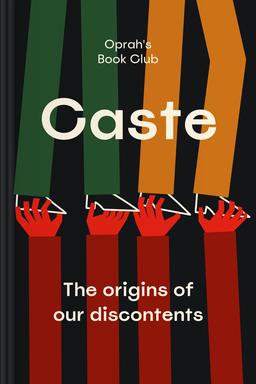You’ll learn
- Why Martin Luther King was called Untouchable
- Eight principles of caste
- Historical parallels between India and the USA
- Little-known factors in Trump's victory
russia has launched a full-scale war in Ukraine. Donate to support Ukraine and protect the world’s peace.

first KEY POINT
In 2017, New Orleans became the stage for an unusual event. At night, trucks and cranes approached the monument downtown. Drivers hid their license plates and company names. When people got out of the vehicles, nothing indicated their identity — they wore masks. Were they committing a crime?No, they carried out the mayor's orders. After deciding to remove monuments to Confederates — defenders of slavery during the Civil War — he met fierce resistance. One by one, companies refused to cooperate with the city administration. The reason was anonymous pro-Confederates, who threatened construction companies and even firebombed a contractor’s car. The mayor found only one firm that agreed to help New Orleans; it belonged to African-Americans.Eventually, workers removed all these statues, the last one even in daylight. The crowd cheered the result. It symbolized a complete victory of democracy over slavery — a belief all in the USA seemed to support. Yet what were the causes of resistance, then? They are rooted deeply in the caste system of the past. Although Americans might doubt this term, it was clear to Indians.
Martin Luther King and his wife went to India in 1959. They had dinner with Jawaharlal Nehru, the country's prime minister. Afterward, the couple visited the school for children of the Untouchables (Dalits). They were the lowest, fifth caste in India: even their shadows couldn't fall on those with higher status. Introducing the King to the pupils, the school principal called him “Untouchable.” The famous American was astonished, but he considered this characteristic accurate after consideration.Are you ready to discover how the caste sheds light on American success and Trump's victory? Let's investigate it together.
second KEY POINT
The existence of castes in the USA isn't a novel idea. Senator Charles Sumner (1811–1874) was among the first to mention it. Although some scholars also used this term, others supposed that the caste system functioned only in India. Partly that's because they believed Dalits, unlike African-Americans, accepted their status in the hierarchy, so it was a natural order for them.However, this assumption about India rested on stereotypes. The truth was the opposite: Untouchables defended their rights, taking inspiration from the American civil rights movement. In the 1970s, they established the Dalit Panthers, referring to the Black Panther Party in the USA. Thus, the similarity of the castes in both countries was common knowledge for Untouchables. Besides, it was apparent not only for them. In 1934, Nazis researched how Americans banned marriages across racial lines to implement the purity of Aryan blood similarly.So, what exactly does caste mean? Why can we apply it to American society? Its distinctive feature is permanence: people can't change their place in the hierarchy. The caste for the community is the same as the grammar for the language. The latter defines words' position in the sentence and behavior in different contexts. The former also signifies people's status and limits: who has power, resources, and respect.

Continue reading with Headway app
Continue readingfirst KEY POINT
second KEY POINT
third KEY POINT
fourth KEY POINT
fifth KEY POINT
sixth KEY POINT
seventh KEY POINT